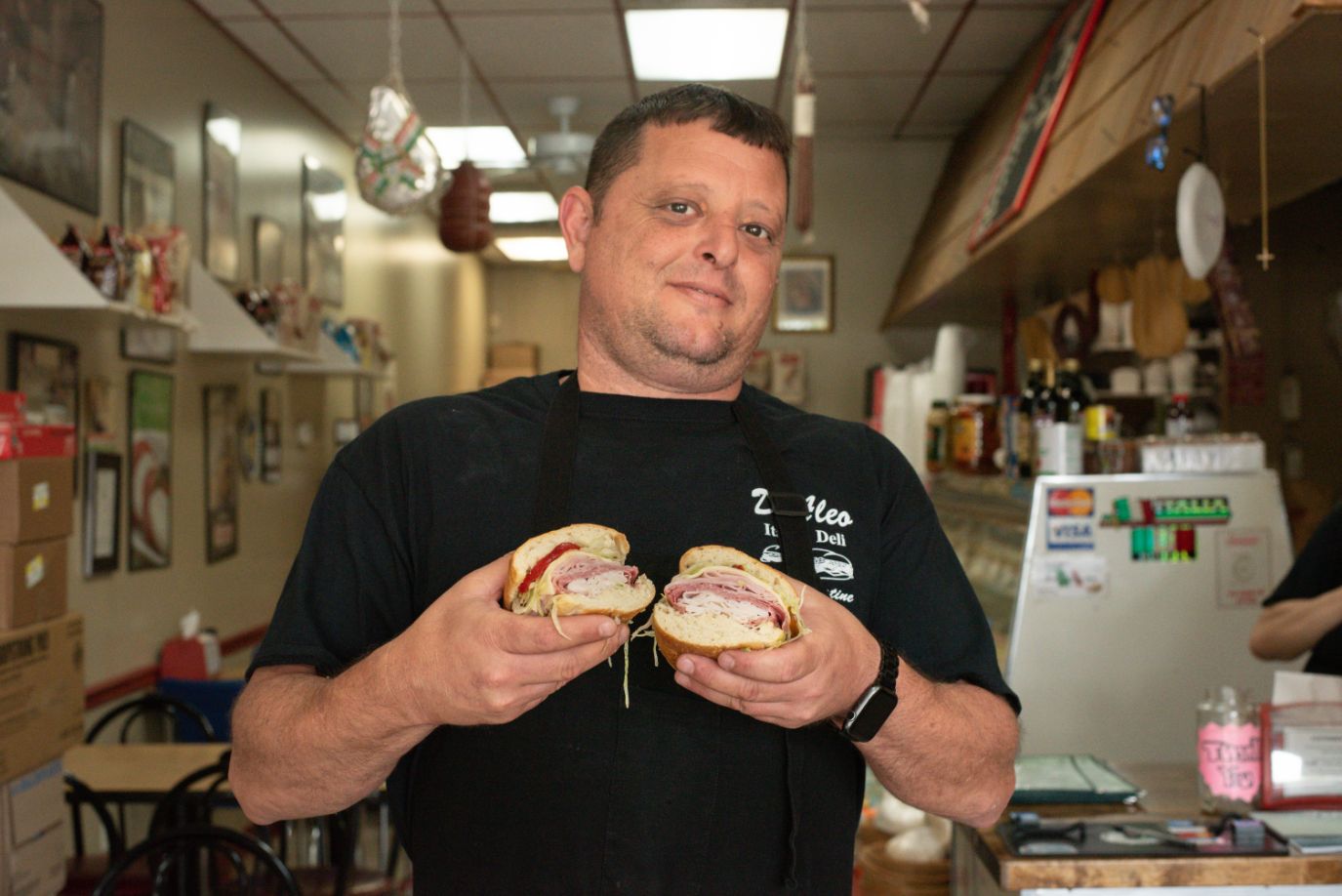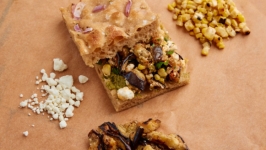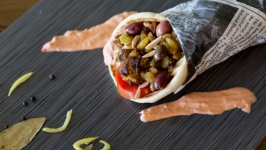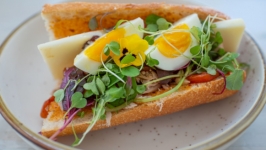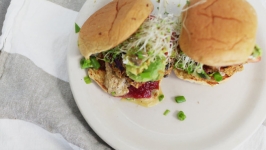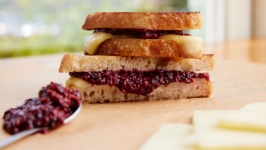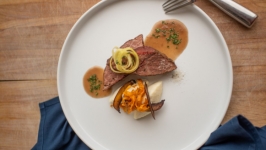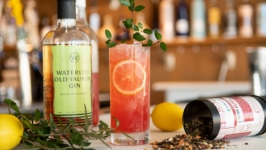The Great Sandwich Debate
What makes a good sandwich? Before you can answer that, you need to start with the definition of the term. That topic has been debated heatedly in governmental regulations, social media and other forums. Merriam-Webster dictionary defines a sandwich as two or more slices of bread or a split roll having a filling in between, or one slice of bread covered with food, while the U.S. Department of Agriculture (USDA) says “a sandwich is a meat or poultry filling between two slices of bread, a bun or a biscuit.” In addition, individual state laws add to the definition variations. Whether the hot dog is a sandwich or not makes a fun topic at cocktail parties (yes it is, according to the USDA).
According to many sources, the history of the sandwich (or, at least, the term we know it by today) dates to 18th-century England, though there are accounts of sandwich-eaters dating back thousands of years. As the story goes, John Montagu, the Fourth Earl of Sandwich, was known to while away the hours at the card table and during one of the statesman’s longer days at play he asked the kitchen for something he could eat with his hands. He was brought two pieces of bread filled with meat in the middle and soon the creation, dubbed the “Sandwich” after the earl, gained mass popularity.
No doubt much of the sandwich’s long-standing appeal has to do with its convenience as the original grab-and-go meal. The handheld dish also checks the box for comfort food, with the heartiness of the bread – an easily available source of sustenance – sealing in the goodness of proteins and delicious toppings. Many global cultures have put their own spin on the sandwich, from the Vietnamese banh mi to the Latin American arepa, and from the Italian stromboli to the Greek gyro. It’s no surprise the versatile sandwich is one of the most classic lunch choices today. So what makes a good sandwich? It depends on who you ask. Contrasting textures, complementary flavors and creamy spreads all certainly factor in.
So does an appealing presentation and perhaps a sour pickle, coleslaw or chips on the side.
Local chef Sebastian Sikora grew up around his family’s business, the now-defunct Black Knight Deli in St. Augustine, and crafting sandwiches is still a passion. His range of favorites reflects the endless variety of ingredient pairings. One of his go-tos is a Cuban, melted and pressed on a French baguette. Sikora also likes a good Reuben, a kielbasa sandwich and a New Orleans-style muffuletta, similar to an Italian sub but topped by an olive salad. “Sandwiches are so good because they’re simplistic and we go to them for comfort,” says Sikora. As far as bread, Sikora leans towards a “nice hard crust with a spongy texture inside” and likes to think of building up the fillings of a sandwich in layers like one would a pizza.
Joe D’Aleo runs D’Aleo Italian Deli in St. Augustine, which his family started in 1989. He believes the key to a good sandwich is high-quality ingredients and that includes the bread, which is baked off site and delivered to the deli daily. With names like the “Hit Man,” “Godfather,” and “Wise Guy,” the delicatessen is known for its old-school, New York-style Italian atmosphere, with fresh cheeses, sliced meats and salads on full display behind the lunch counter. The deli will tailor any sandwich to a customer’s liking but the most popular way to order one is “all the way,” which includes lettuce, tomato, onion, hot peppers and oil and vinegar. “Each nine-inch sub starts with the perfect bread – crunchy on the outside, airy on the inside,” says D’Aleo.
Wherever you fall in the what-is-a-sandwich camp, the answer to what makes a good sandwich is as close as your favorite eatery or deli.


